María Balaguer
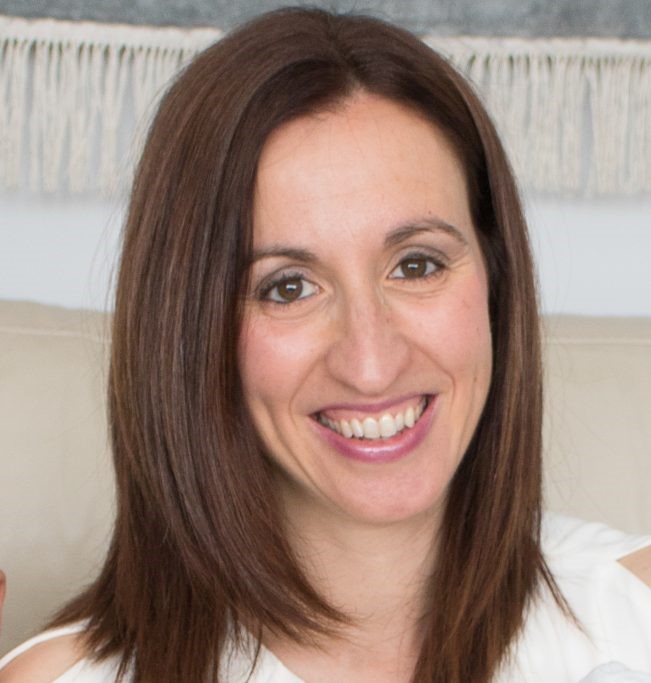 María Balaguer Jiménez received a BSc degree in electronics engineering from University of Granada (Spain) in 2004 and a PhD degree in electronics from University of Granada in 2012. In 2008 she started working at the Instituto de Astrofíscia de Andalucía (IAA-CSIC) in the area of project management and quality assurance. She has worked for the IMaX magnetograph that has flown twice aboard the 1m aperture solar telescope Sunrise and for the instrument PHI of the ESA mission Solar Orbiter. She is currently working as project management for the magnetograph IMaX+ which is a novel development for the third edition of the Sunrise mission that is planned to be launched in 2021. In June 2018 she was appointed as the head of the Instrumental and Technological development department in the Instituto de Astrofísica de Andalucía (IAA-CSIC).
María Balaguer Jiménez received a BSc degree in electronics engineering from University of Granada (Spain) in 2004 and a PhD degree in electronics from University of Granada in 2012. In 2008 she started working at the Instituto de Astrofíscia de Andalucía (IAA-CSIC) in the area of project management and quality assurance. She has worked for the IMaX magnetograph that has flown twice aboard the 1m aperture solar telescope Sunrise and for the instrument PHI of the ESA mission Solar Orbiter. She is currently working as project management for the magnetograph IMaX+ which is a novel development for the third edition of the Sunrise mission that is planned to be launched in 2021. In June 2018 she was appointed as the head of the Instrumental and Technological development department in the Instituto de Astrofísica de Andalucía (IAA-CSIC).
Adriano Camps
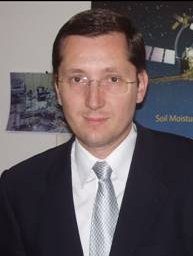 A. Camps received the degree in Telecommunications Engineering and Ph.D. degree in Telecommunications Engineering from the Universitat Politècnica de Catalunya (UPC), Spain, in 1992 and 1996, respectively.
A. Camps received the degree in Telecommunications Engineering and Ph.D. degree in Telecommunications Engineering from the Universitat Politècnica de Catalunya (UPC), Spain, in 1992 and 1996, respectively.
Adriano Camps is currently the Scientific Coordinator of the CommSensLab "María de Maeztu" Excellence Research Unit, he co-leads the Remote Sensing Lab (www.tsc.upc.edu/rs) and the UPC NanoSat Lab (http://www.tsc.upc.edu/nanosatlab).
His research interests are focused in microwave remote sensing, with special emphasis in microwave radiometry by aperture synthesis techniques and remote sensing using signals of opportunity (GNSS-R). He is the PI of the first UPC nano-satellites: 1) 3Cat-1, a 1U CubeSat with 7 small technology demonstrators and scientific payloads, 2) 3Cat-2, a 6U CubeSat with the first dual-frequency dual-polarization GNSS-R payload, launched on August 15th 2016 using a Chinese LM-D2 rocket, 3) 3Cat-4, a 1U Cubesat with a software defined radio to implement a microwave radiometer, a GNSS-Reflectomer, and an AIS receiver, and 4) FSSCAT, a tandem mission formed by two 6U CubeSats, overall winner of the Copernicus masters competition 2017.
He has published 192 articles and reviews in jounals to this day.
Justin Foley
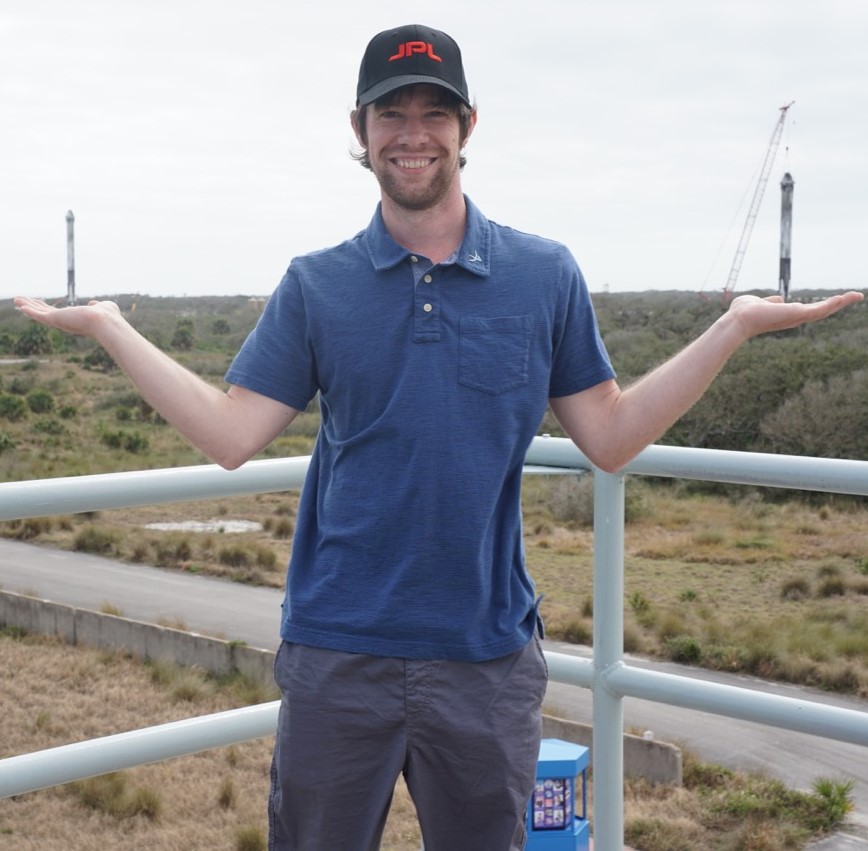
J. Foley received the degree in Physics and a Master in Aerospace Engineering from the Cal Poly State University, United States, in 2009 and 2012, respectively
J. Foley attended Cal Poly starting in 2005 and quickly became involved in the CubeSat program building satellites. Upon graduation was hired by Cal Poly to work launch integration full-time and has since worked almost every P-POD launch, either as an integrator or operator. Specialized in ground stations and mission operations, radio licensing, interface control, range safety documentation and was one of the primary operators for The Planetary Society’s LightSail CubeSat.
In May of 2017, transitioned from Cal Poly to the Jet Propulsion Laboratory (NASA JPL), working on the Mars 2020 rover as part of the System Testbed Engineering group, specializing in instruments and avionics, fault protection, telecom, and power. This year, will be helping to build the full-sized non-flight rover used for testing.
David Gascón
 D. Gascon received a BSc degree in electronics engineering from University Ramon Llull, Spain, in 1998, and a PhD degree in electronics from University of Barcelona, Spain in 2008.
D. Gascon received a BSc degree in electronics engineering from University Ramon Llull, Spain, in 1998, and a PhD degree in electronics from University of Barcelona, Spain in 2008.
Currently he is working in the instrumentation group of the Institute of Cosmos Sciences of the University of Barcelona (ICCUB), Spain. He is also the Technical Coordinator of the ICCUB.
His research activity is in the area of mixed signals circuits for high energy physics, astrophysics experiments and medical imaging. Particularly, he is interested in ASIC design for fast photodetector readout and front-end electronics. He has authored or co-authored more than 60 papers related to these subjects.
Lluís Gesa
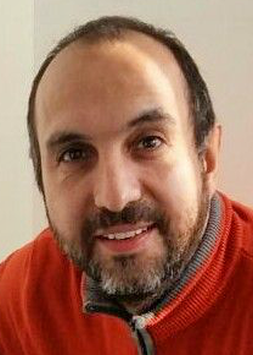
Lluis Gesa received the Computer Engineering BSc from Universitat Autonoma de Barcelona in 2001. He works at Instituto de Ciecias del Espacio / Institut d’Estudis Espacials de Catalunya.
He was involved in the design and development of critical software for the Lisa Pathfinder mission. Currently involved in the LISA mission, in Cherenkov Telescope Array (CTA) and a Cubesat platform definition, among other projects. He also collaborated in several other projects related with space: CARMENES, Echo, STE-Quest, Ariel.
He is also a lecturer of Software Engineering topics at the Autonomous University of Barcelona (UAB) and at School of International Studies from Universitat Pompeu Fabra (UPF).
Rafel Jorda
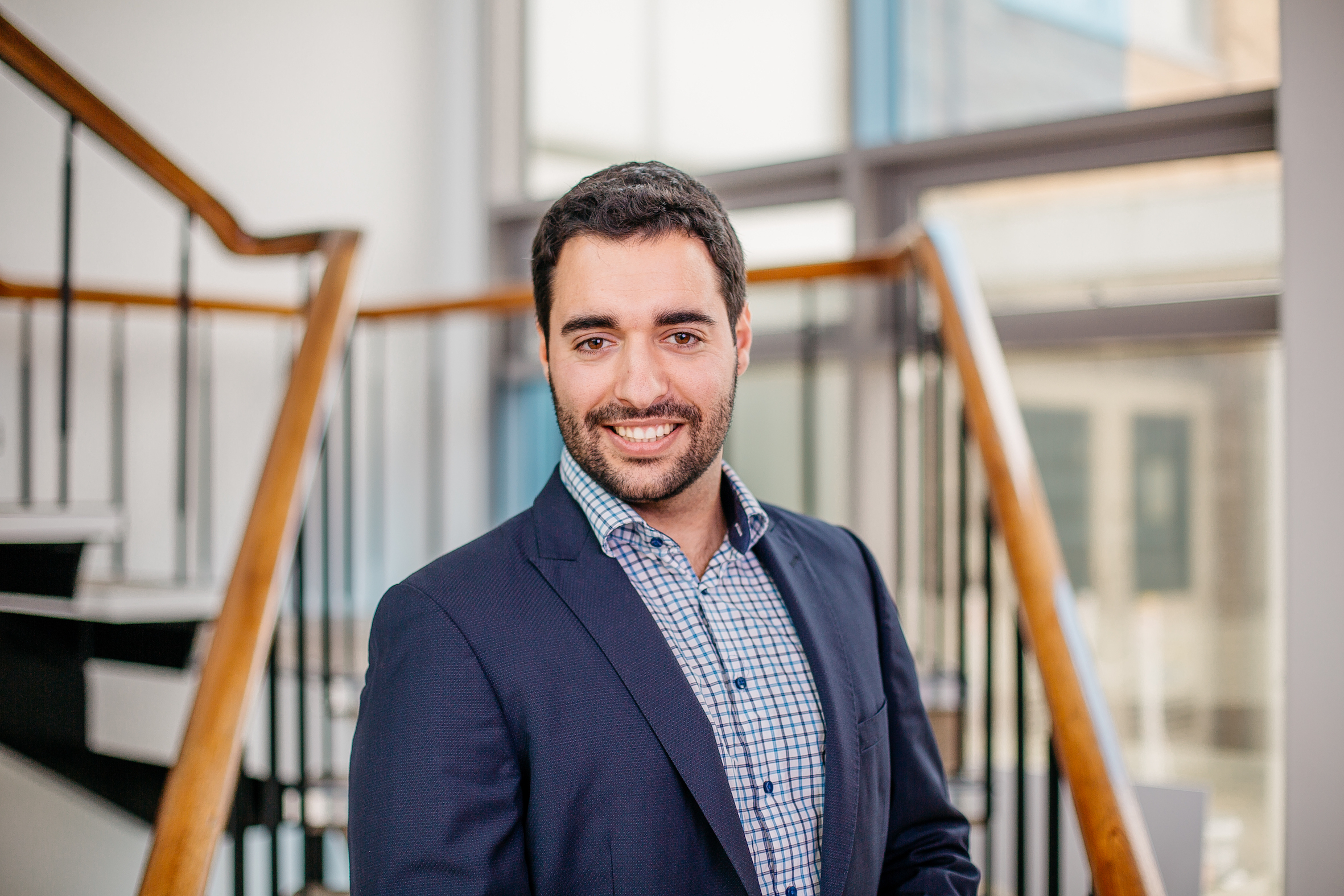
As CEO and co-founder, Rafael leads the Open Cosmos team. From leading the team to deliver the first satellite mission within eight months, to managing the expanding team and range of customers today, Rafael has overseen the overall company strategy and directed its execution, all while working towards the original mission of democratising access to space.
After studying aerospace engineering at the Polytechnic University of Catalonia in Barcelona and completing an MBA, Rafael has worked at large corporations, such as Airbus Defence and Space, as well as small, innovative space start-ups. His desire to make space more accessible led him to develop Open Cosmos while at the prestigious Entrepreneur First incubator program in July 2015. For his work leading Open Cosmos, Rafael has been recognised most recently as Entrepreneur of the Year 2018 by EuroConsult.
Janise McNair
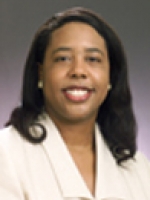
Janise McNair received a B.S. and an M.S. in electrical engineering from the University of Texas at Austin in 1991 and 1993, respectively, and her Ph.D. in electrical and computer engineering from the Georgia Institute of Technology in 2000. Currently, she is an Associate Professor in the Department of Electrical & Computer Engineering at the University of Florida, where she leads the Wireless And Mobile (WAM) Systems Laboratory. She is a faculty member of the NSF I/UCRC Center for Space, High-Performance, and Resilient Computing (SHREC), a U.S.-based industry and government consortium focused on advancing (a) space computing for Earth science, space science, and defense; (b) high-performance computing for a broad range of grand challenge apps; and (c) resilient computing for dependability in harsh or critical environments. Within the SHREC Center, McNair leads the UF-SHREC Space and Aerospace Networks Group. Her current research interests are next generation wireless networks, including 5G, Internet of Things, small satellite networks, and smart grid networks, specifically addressing security, routing and medium access control.
Manthos Papamatthaiou
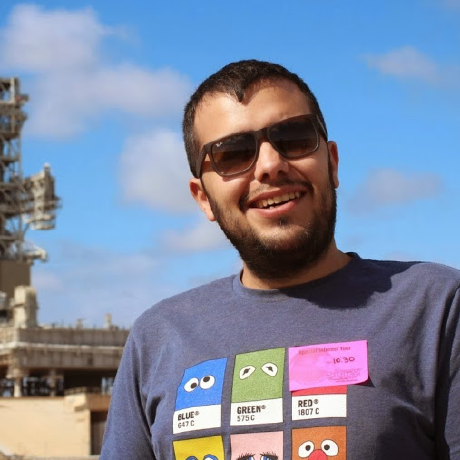 M. Papamatthaiou is a founding member and chairman of the board of LSF. Studied physics at the University of Crete.
M. Papamatthaiou is a founding member and chairman of the board of LSF. Studied physics at the University of Crete.
He has ten years of experience in design and mission conceptualizing and is experienced in rapid prototyping using machining and additive manufacturing. From 2014 he plays a key role in SatNOGS project (open source distributed satellite ground station network) mainly in hardware design. In 2016 he was involved in UPSat project as integration manager and also designer of the antenna deployment system.
Carles Pou
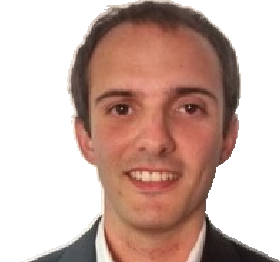
Carles Pou received the double degree in Aerospace and Telecommunications engineering in the Universitat Politècnica de Catalunya (UPC). He made an internship in the SAC laboratory (Advanced Systems of Control) of the UPC Terrassa and has done the final thesis in the ENAC (École Nationale de l’Aviation Civile) in Toulouse, studying control systems for fixed wing aircrafts. In 2016, he started to work in GTD as R&D engineer participating in the project ALTAIR, a technical feasibility study of an airborne launcher in the frame of the European projects H2020. He investigated new concepts of on-board navigation and safety in order to reduce the ground segment complexity and increase the use of COTS for the avionics without losing precision or reliability.
He is participating as well in other projects for the European spaceport in the French Guiana, as the telemetry of the new launchers Arianne 6 and Vega-C, which will be soon operative.
Linkedin: www.linkedin.com/in/carlespouaerospacetelecom
Jordi Puig-Suari
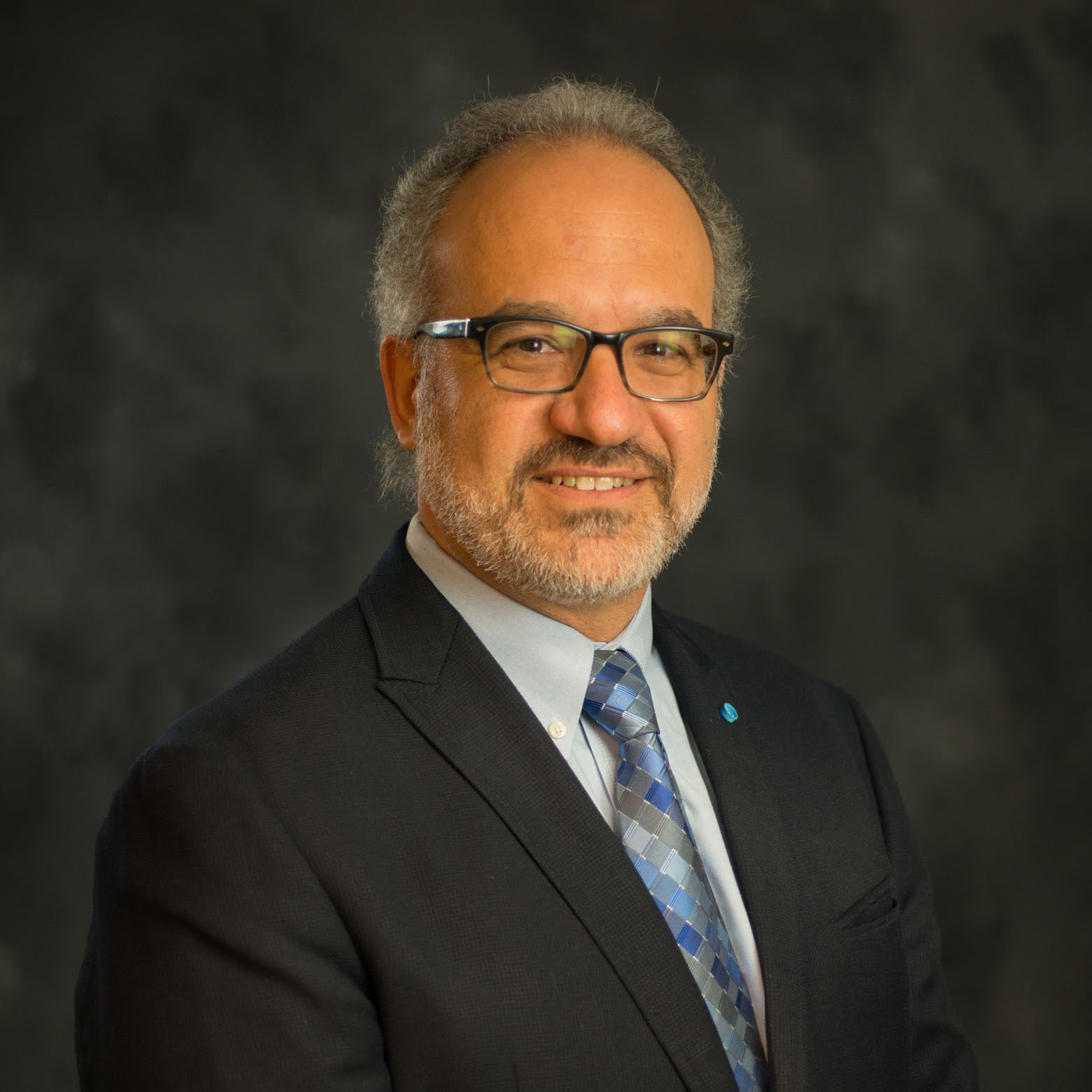 Dr. Puig-Suari received B.S., M.S., and Ph.D. Degrees in Aeronautics and Astronautics from Purdue University. Currently, Dr. Puig-Suari is an Emeritus Professor in the Aerospace Engineering Department at CalPoly, San Luis Obispo, where he taught for 20 years. Dr Puig Suari is the author or co-author of over 100 papers and presentations. In 1999, Dr Puig-Suari and Prof. Bob Twiggs at Stanford developed the CubeSat standard and since then Dr. Puig-Suari has maintained a leadership role in the CubeSat community and his team has been involved in supporting orbital launches for over 140 CubeSats worldwide. In addition to launch activities, Cal Poly's team has led the development and launch of over 10 CubeSats. In 2011, Dr. Puig-Suari co-founded Tyvak Nano-satellite Systems to support the commercial CubeSat market.
Dr. Puig-Suari received B.S., M.S., and Ph.D. Degrees in Aeronautics and Astronautics from Purdue University. Currently, Dr. Puig-Suari is an Emeritus Professor in the Aerospace Engineering Department at CalPoly, San Luis Obispo, where he taught for 20 years. Dr Puig Suari is the author or co-author of over 100 papers and presentations. In 1999, Dr Puig-Suari and Prof. Bob Twiggs at Stanford developed the CubeSat standard and since then Dr. Puig-Suari has maintained a leadership role in the CubeSat community and his team has been involved in supporting orbital launches for over 140 CubeSats worldwide. In addition to launch activities, Cal Poly's team has led the development and launch of over 10 CubeSats. In 2011, Dr. Puig-Suari co-founded Tyvak Nano-satellite Systems to support the commercial CubeSat market.
Charlie Ryan
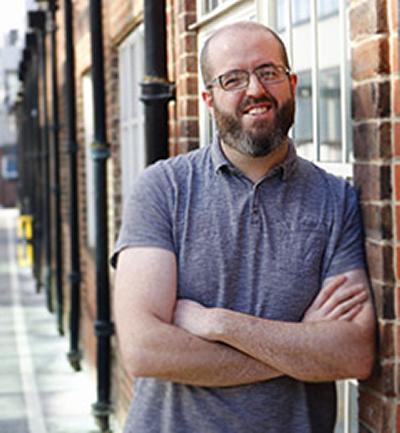
Dr Charlie Ryan completed his PhD in 2011 from Queen Mary University of London, investigating the effect of applied voltage on the electrospray process, with a view to applying the findings the electrospray thrusters for spacecraft.
In September 2015 started in his current position as Lecturer in Astronautics at the University of Southampton. His research interests continue to lie in propulsion for small satellites, in particular electrospray thrusters for cubesats and also small Hall Effect Thrusters. He also has a growing interest in green chemical propulsion, in part thanks to the historical interest in the subject at Southampton, in particular in the utilization of hydrogen peroxide. Currently Dr Charlie Ryan is supervising three PhD students, and continues to develop novel small satellite propulsion towards in-space exploitation.
"Spacecraft are becoming increasingly smaller and cheaper. My research is directed towards providing propulsion that can increase the capabilities of these small satellites"
Ignacio Torralbo
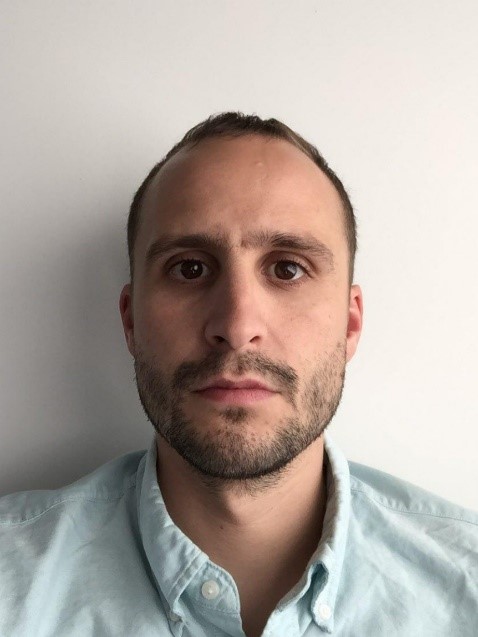
Ignacio Torralbo received a BSc degree in Physics from Universidad Autónoma de Madrid (Spain) in 2011. Currently has a Teaching Assistant position at Escuela Técnica Superior de Igeniería Aeronáutica y del Espacio, Universidad Politécnica de Madrid where he is also Ph.D. candidate.
He is part of the Thermal Engineering Team of PHI of Solar Orbiter ESA Mission and worked as thermal engineer in many other projects such as Euclid, ExoMars Raman Laser Laboratory, International Berthing and Docking Mechanism and many more.
He is also in charge of the thermal testing at the IDR/UPM TVAC facility.

